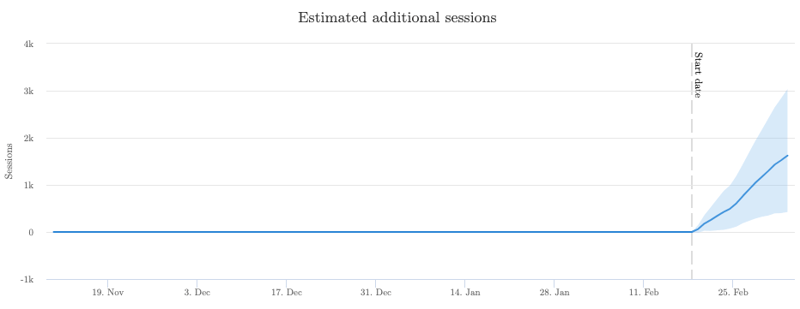Start here: how our SEO split tests work
If you aren't familiar with the fundamentals of how we run controlled SEO experiments that form the basis of all our case studies, then you might find it useful to start by reading the explanation at the end of this article before digesting the details of the case study below. If you'd like to get a new case study by email every two weeks, just enter your email address here.
This week, we asked our Twitter followers what they thought happened to the organic traffic of higher level category pages when we ran an internal linking test on a grocery website where we added links to some lower level category pages.
We shared that the lower level category pages saw an uplift in organic traffic. This was what our followers thought:

Most believed there was no detectable impact on the higher level category pages….
In this test though - the higher level category pages also saw an uplift in organic traffic! Read below for the full case study:
The Case Study
Google’s creation of the PageRank algorithm to rank web pages was the idea that led to Google becoming the dominant search engine. PageRank is based on the assumption that important pages will get more links from other important websites. It works by considering the number of links to a page while giving more importance to links with a higher PageRank.
The concept of PageRank underlies the historical importance of links for SEO, but it doesn’t only apply to external links - PageRank can flow through internal links too. This effectively means that within your own website internal links can indicate the importance you place on different pages in addition to being just a way to navigate the site (if you want to read more on the subject, one of Distilled’s (now BrainLabs) senior consultants Tom Capper’s blog post on internal linking in 2018 and beyond is a good resource).
As such, internal linking tests are an important part of SEO split-testing. They tend to be more complex to build than pure on-page tests, as there are two groups of pages that will be impacted: the pages more links are placed on, and the pages being linked to.
While they are more complicated, we also have found that internal linking tests tend to have a high potential impact on organic sessions. As an example, let’s review an internal linking test we ran on Iceland Groceries:
Iceland Groceries has a site architecture with three “levels” of categories. For example, they have their “Frozen” category (level one), within that they have “Frozen Fish & Seafood” (level two), which then has various level three categories like “Frozen Fish Fillets & Steaks”.
Previously, the only way to navigate between these levels was through the main navigation. For this test, we added additional linking between level two and level three categories, by including buttons with links to level three category pages at the top of the level two category pages.
The hypothesis was that by increasing the internal linking between these pages, we’d see an increase in traffic to level 3 category pages due to additional PageRank being passed on to them through internal links, and an increase in traffic to level 2 category pages due to improved relevancy signals.
Here’s an example of the control and variant pages on both desktop and mobile:
Desktop:
| Control | Variant |
|---|---|
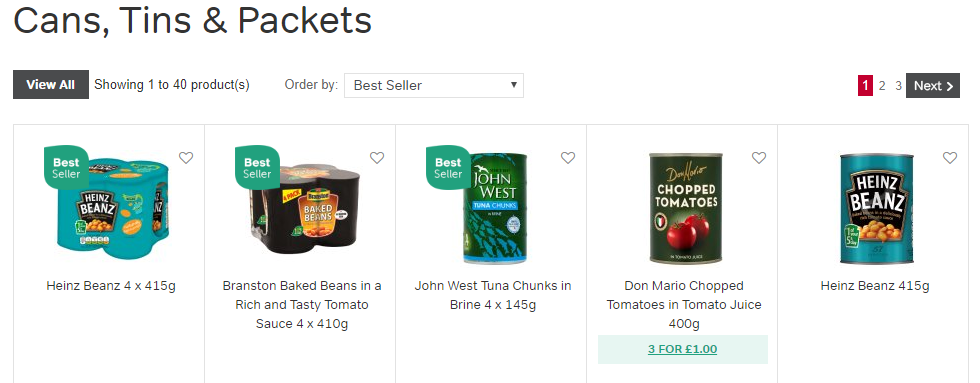 |
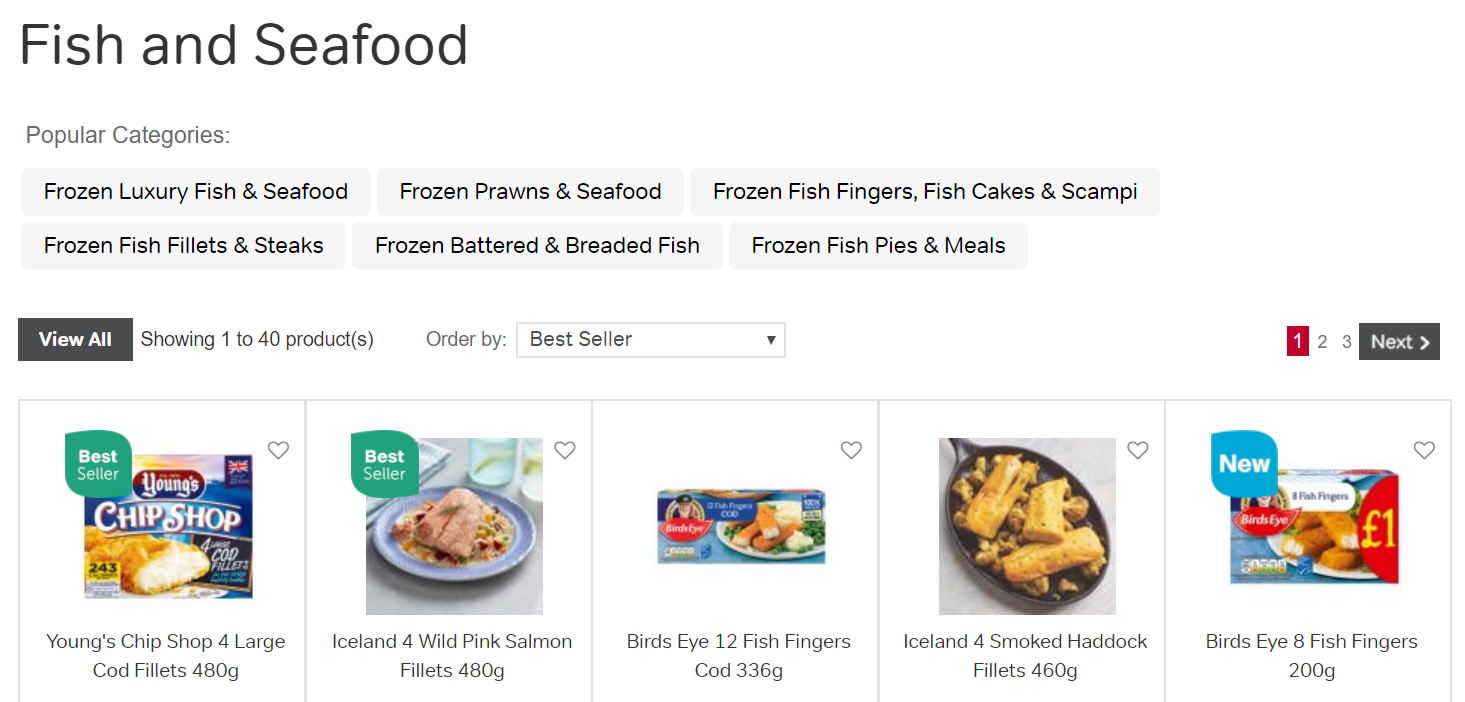 |
| Control |
|---|
 |
| Variant |
 |
Mobile:
| Control | Variant |
|---|---|
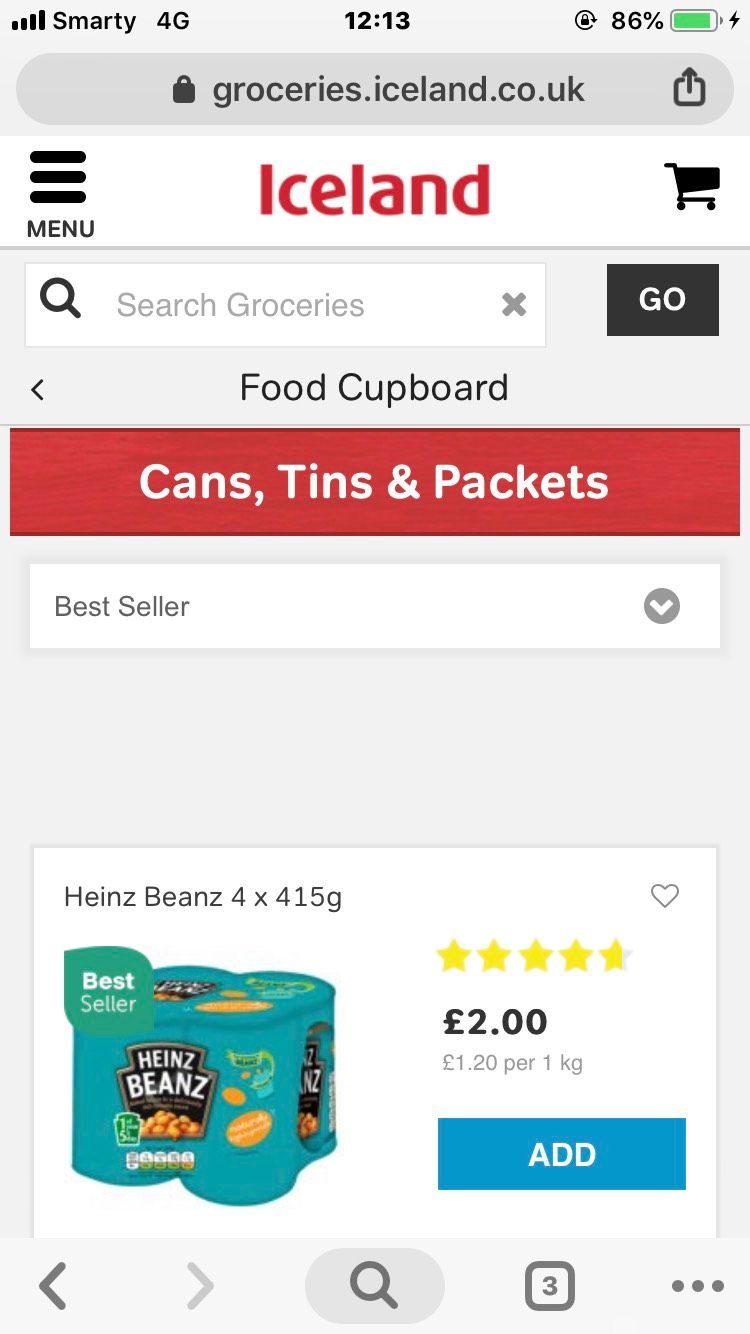 |
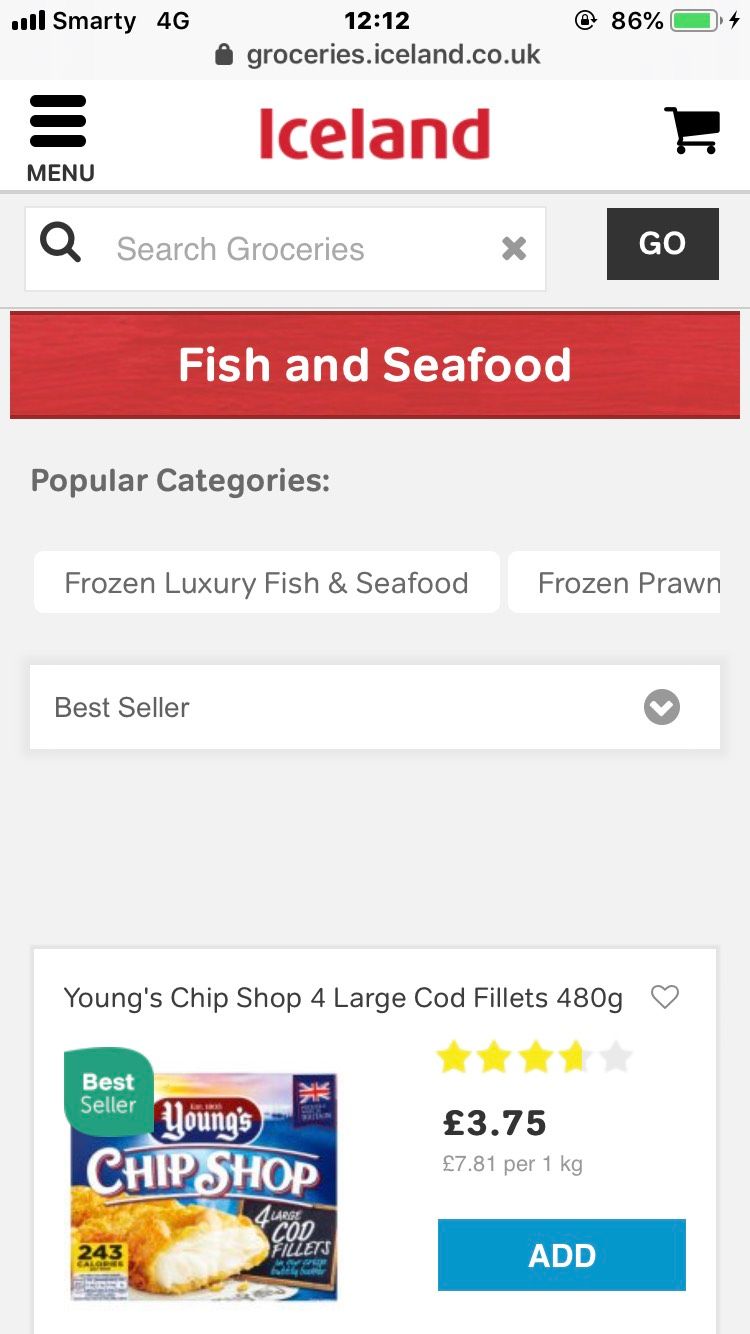 |
| Control |
|---|
 |
| Variant |
 |
We then measured the impact during the testing period on three groups of pages, the level 2 category pages that were getting the additional level 3 category links added to them, the level 3 category pages being linked to, and the level 2 and 3 category pages combined.
Not only was this test positive, but it was one of our most positive tests to date resulting in a 25% uplift to organic traffic across level two and level three category pages - an additional estimated 9,200 organic sessions a month.
Here’s what the result graph looked like:
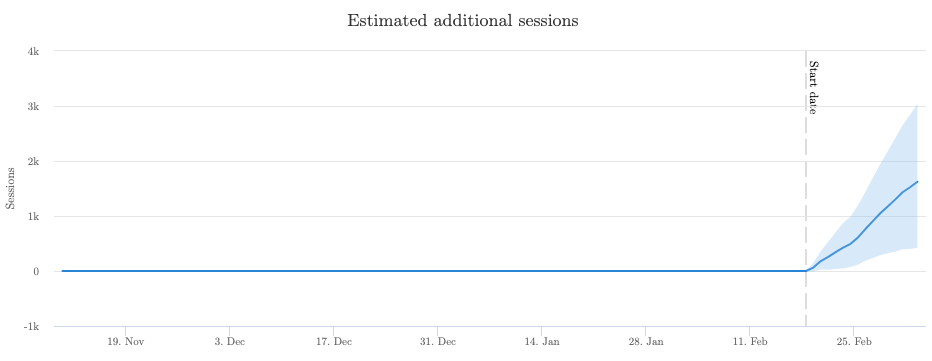
We also looked at the two page groups in isolation to confirm it wasn’t one group contributing to the uplift. Both page groups alone also had estimated uplifts in the 20%+ range, which means the increased internal linking also benefited the pages being linked from. Pretty cool.
This result doesn’t necessarily imply that you should now go and just add tons of links on all of your pages. We believe part of the success we saw in this test was that the internal linking we added improved the information architecture of the website by creating clearer crawl paths for both Google and users.
If you want to implement this lesson to your website, our CEO Will Critchlow wrote a blog post on how to make more effective recommendations for your internal linking structure.
To receive more insights from our testing sign up to our case study mailing list, and please feel free to get in touch if you want to learn more about this test or about our split testing platform more generally.
How our SEO split tests work
The most important thing to know is that our case studies are based on controlled experiments with control and variant pages:
- By detecting changes in performance of the variant pages compared to the control, we know that the measured effect was not caused by seasonality, sitewide changes, Google algorithm updates, competitor changes, or any other external impact.
- The statistical analysis compares the actual outcome to a forecast, and comes with a confidence interval so we know how certain we are the effect is real.
- We measure the impact on organic traffic in order to capture changes to rankings and/or changes to clickthrough rate (more here).
Read more about how SEO A/B testing works or get a demo of the SearchPilot platform.
